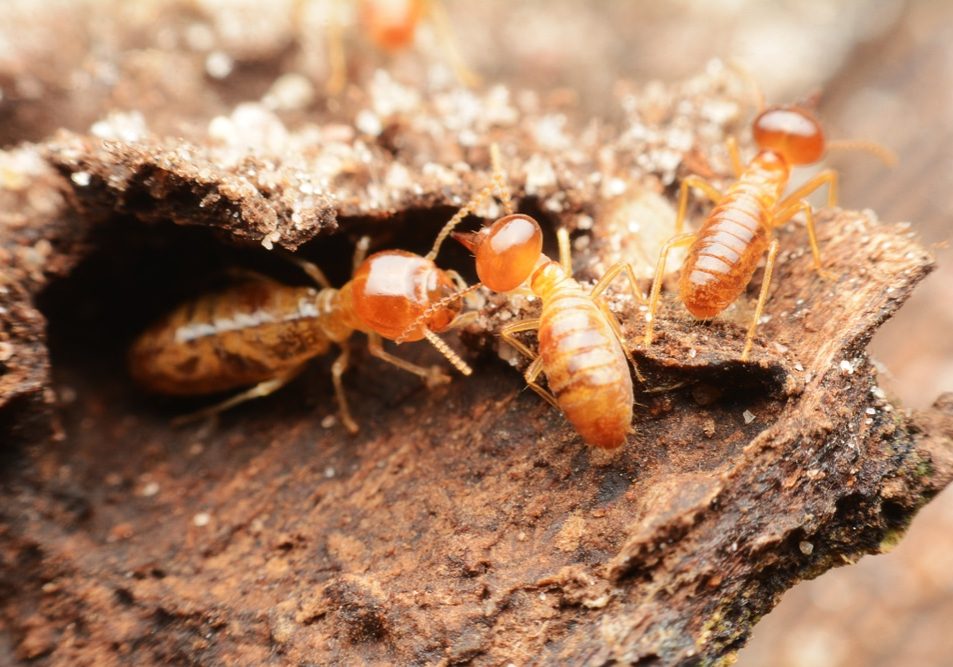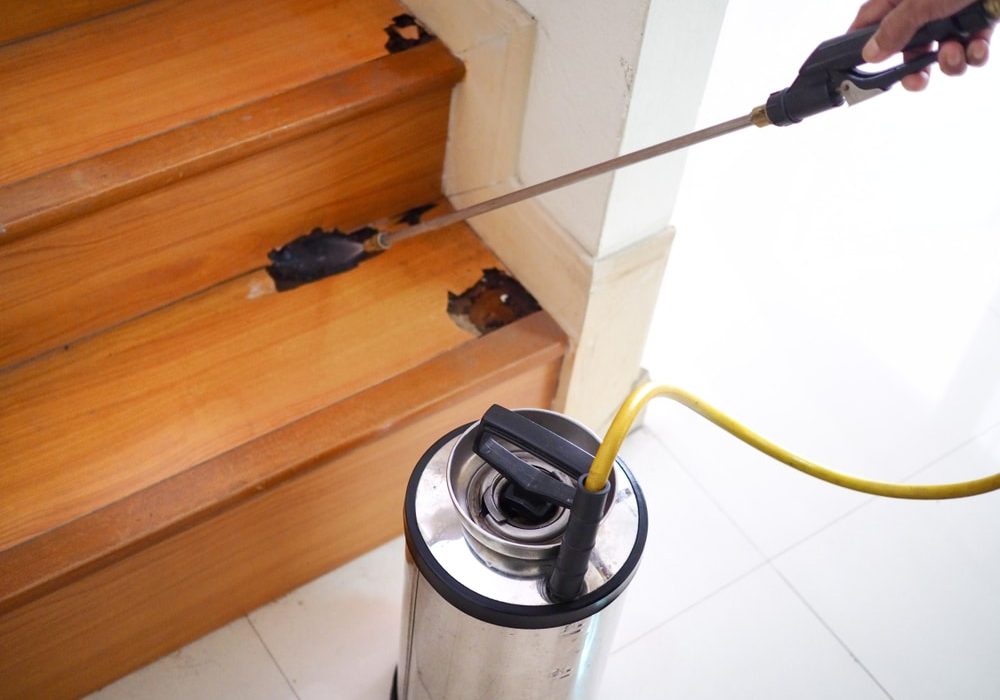Introduction
Pest control is a crucial aspect of maintaining a healthy and comfortable home. While many homeowners focus on the immediate signs of pests, such as sightings or damage, one often overlooked factor plays a significant role: moisture. Managing moisture not only helps keep your home dry but is also essential for effective pest management. Many common pests thrive in damp environments, making moisture control a vital part of your strategy to keep these unwelcome guests at bay. This blog will explore the connection between moisture and pest infestations, identify problematical pests, signs of excessive moisture, and effective management strategies.
Section 1: Understanding the Link Between Moisture and Pests
Moisture acts as a magnet for various pests, creating environments where they can thrive and multiply. Here’s how it all works:
How Moisture Attracts Pests:
- Many pests, from cockroaches to termites, are drawn to environments with high humidity and moisture.
- Cockroaches, for example, need moisture to survive and can be found in areas like kitchens and bathrooms where leaks occur or condensation builds up.
Life Cycle Connection:
- Moisture is crucial for the life cycles of many pests. For instance:
- Termites rely on moisture in wood to build nests and feed.
- Molds attract certain pests such as silverfish and mold mites, which thrive on damp surfaces.

Section 2: Common Pests Associated with Moisture
Identifying the pests that are often associated with moisture can help you understand the risks:
-
Cockroaches
- These resilient pests are notorious for invading homes. They thrive in warm, damp areas and are especially attracted to leftover food and moisture.
- Common hiding spots include kitchens, bathrooms, and even basements.
-
Termites
- Termites feast on wood, and they require moisture to survive.
- If you have damp or decaying wood near your home, it can become a feeding ground for these destructive pests.
-
Rodents
- Rats and mice are also on the lookout for food, warmth, and moisture.
- They often invade homes during winters when outdoor moisture sources may be low.
-
Mold and Fungus-Associated Pests:
- Pests such as silverfish thrive in the presence of mold. They are typically found in damp, dark areas, feeding on decaying organic matter and mold.
By recognizing these pests, you can better focus your moisture management efforts.
Section 4: Effective Moisture Management Strategies
Now that you understand how to identify moisture problems, it's essential to know how to manage them effectively. Here are some key strategies:
Address any plumbing issues promptly. Even small leaks can create an inviting habitat for pests. Regularly check under sinks, near toilets, and anywhere else plumbing is present.

Implementing these moisture management strategies will help create a less hospitable environment for pests.
Section 5: Integrated Pest Management (IPM) and Moisture Control
Effective pest management is often a multi-faceted approach. Integrated Pest Management (IPM) combines various strategies, and moisture control plays a vital role:
Overview of IPM:
- IPM is a comprehensive method that incorporates biological, cultural, physical, and chemical control strategies to manage pests sustainably. This approach reduces reliance on chemical pesticides and focuses on long-term prevention.
Moisture Control as Part of IPM:
- Moisture control complements other pest control methods by creating an environment less conducive to pest infestations.
- Homeowners should integrate moisture management into their pest control plan to create a holistic approach.
An IPM strategy that emphasizes moisture management can be far more effective in keeping pests out.
At Emtec Pest Control, we are committed to safe and responsible pest control. We understand that your family’s safety is your number one priority, so we make it our priority, too.
If you have any other questions about any of these pests or pest control for your home or business, contact your Oklahoma pest control experts at Emtec Pest Control by calling us or by filling out our online contact form.
